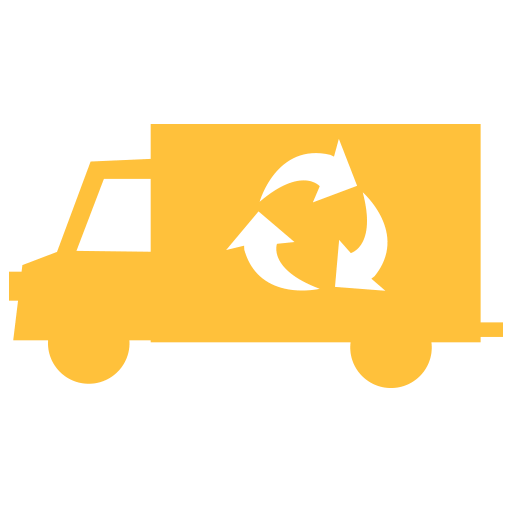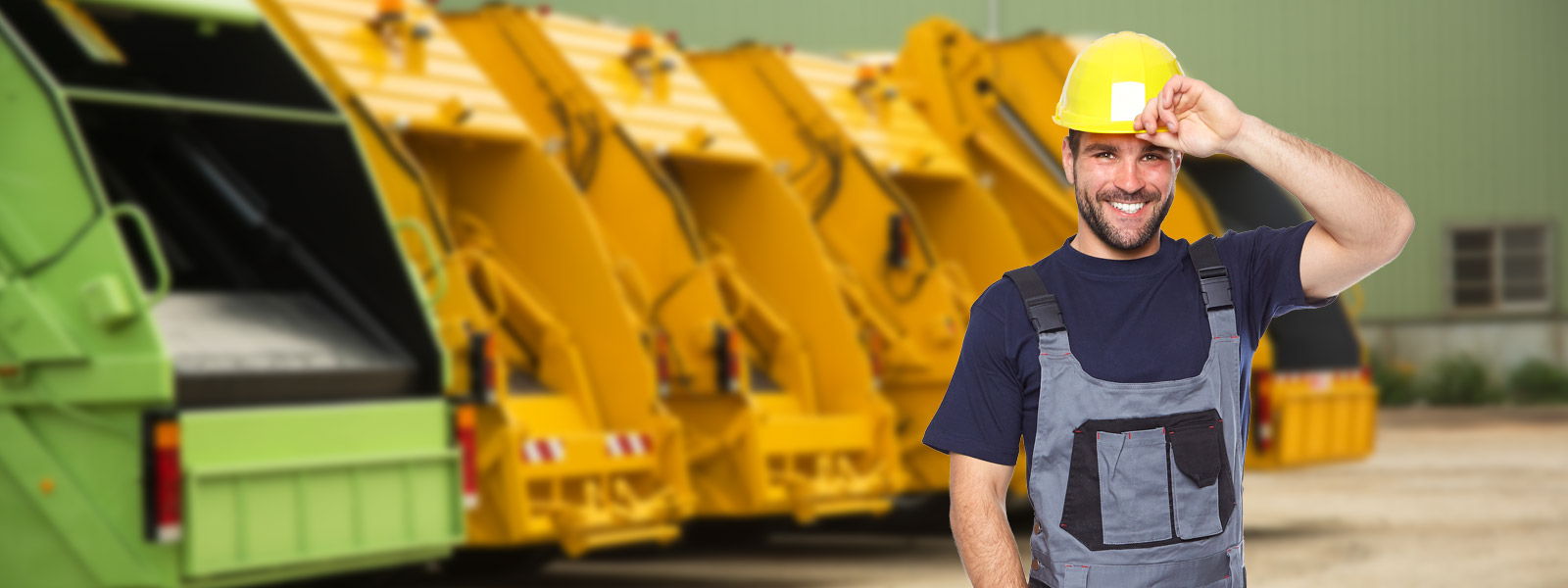Eco-Friendly Approaches to Packaging and Cardboard Disposal
Posted on 27/09/2025
Eco-Friendly Approaches to Packaging and Cardboard Disposal
As global environmental awareness surges, businesses and consumers alike are seeking sustainable solutions for packaging and responsible disposal of cardboard materials. With the increasing use of packaging in commerce, especially due to the rise of e-commerce, the urgent need for eco-friendly approaches to packaging and cardboard disposal has never been more pronounced. This comprehensive article uncovers effective strategies, latest trends, and innovative methods to reduce environmental impacts associated with packaging materials and the lifecycle of cardboard products.

Why Eco-Friendly Packaging and Cardboard Disposal Matter
Packaging waste is a significant contributor to landfills, posing threats to ecosystems and adding to greenhouse gas emissions. Cardboard, although biodegradable and recyclable, still requires adequate management to maximize its environmental benefits. Adopting eco-friendly packaging and cardboard disposal methods can lead to:
- Reduction of landfill waste
- Conservation of natural resources and energy
- Lower carbon footprint
- Encouragement of circular economy principles
- Cost savings in the long-term
Let's explore proven and innovative approaches for environmentally-friendly packaging and responsible cardboard disposal.
Eco-Friendly Packaging: Sustainable Alternatives
Choosing the right materials and design is the first critical step in reducing the environmental impact of packaging. Here are several eco-conscious packaging solutions:
1. Recycled Cardboard Packaging
Utilizing recycled cardboard in packaging production dramatically lowers the need for virgin materials, conserves timber resources, and decreases landfill contributions. When cardboard is recycled, it requires substantially less energy and water compared to the production of new cardboard, making it the leading eco-friendly packaging material in many industries.
2. Biodegradable and Compostable Packaging
Biodegradable packaging materials, such as plant-based plastics, starch-based packing peanuts, and mushroom packaging, break down naturally, leaving minimal environmental impact. Compostable alternatives decompose into nutrient-rich compost, benefitting soil rather than polluting the environment. They represent some of the most innovative cardboard packaging solutions available today.
3. Minimalist and Lightweight Packaging Design
Smart packaging design can reduce material usage by eliminating unnecessary layers and bulk. The minimalist approach not only lowers production and transportation emissions but also simplifies the recycling process for end-users. Lightweight packaging also means less fuel consumption during transport, further reducing carbon emissions.
4. Reusable and Returnable Packaging Systems
Some pioneering businesses are embracing reusable packaging models, including returnable cardboard boxes and shipping containers. This closed-loop system encourages multiple uses, significantly curtailing packaging waste and costs. For example, companies such as Loop and RePack are offering returnable, collapsible packaging for online shopping.
5. Use of Water-Based and Non-Toxic Inks
Traditional inks and adhesives in packaging may contain harmful chemicals. The switch to water-based, soy-based, or other non-toxic inks reduces the ecological footprint and ensures that recycled cardboard is free of contaminants, allowing for higher-quality recycled fibers.
Best Practices for Eco-Friendly Cardboard Disposal
Cardboard is one of the most recyclable materials, but effective management is key to maximizing its recyclability and environmental benefits. Consider these best practices for eco-friendly cardboard disposal:
1. Proper Sorting and Prepping of Cardboard
- Flatten all boxes: This saves space and makes collection and transportation more efficient.
- Remove contaminants: Take off tape, labels, and plastic inserts as these can hinder the recycling process.
- Keep dry and clean: Wet or greasy cardboard (from food) cannot be recycled and should be composted if possible.
2. Local Recycling Programs
Always check your local guidelines for recycling cardboard, as requirements may vary. Most municipalities accept corrugated boxes and paperboard, but it is essential to ensure the material is contamination-free. Businesses with high cardboard output can work directly with recycling providers for regular pickups.
3. Composting Cardboard
Certain types of cardboard, especially uncoated, brown corrugated boxes and paperboard, can be composted at home or in industrial composting facilities. Shred larger pieces for faster decomposition, and avoid glossy or heavily colored cardboard, which could contain toxic inks.
4. Upcycling and Reuse
Before disposal, consider how cardboard can be reused or upcycled. Creative applications include storage solutions, art projects, gardening, or even as mulch or weed barriers in landscaping. This extends the life cycle of the material and reduces demand for new resources.
5. Partnering with Eco-Friendly Waste Management Companies
Engage specialized recycling or composting companies with a proven track record in sustainable practices. Many offer zero-waste solutions, helping organizations and households achieve their environmental goals.
Corporate Responsibility in Sustainable Packaging and Disposal
Businesses play a critical role in advancing eco-friendly approaches to packaging and cardboard disposal. Here's how companies can focus on sustainability:
- Adopting circular economy principles - Designing packaging with reuse, recycling, and compostability in mind from the outset.
- Transparency and labeling - Clearly labeling recyclable and compostable materials empowers end-users to dispose properly.
- Supplier collaboration - Working with eco-conscious suppliers for sourcing sustainable materials and processes.
- Consumer education - Providing guidance on recycling and proper disposal extends responsibility beyond the point of sale.
- Eco-certifications - Pursuing certifications such as FSC (Forest Stewardship Council) or Cradle to Cradle indicates a commitment to sustainable practices.
Case Study: The Circular Packaging Model
Major brands are setting benchmarks with their eco-friendly packaging programs. For instance, Unilever has pledged to make all of its plastic packaging recyclable, reusable, or compostable by 2025. Similarly, IKEA has replaced polystyrene with mushroom-based, biodegradable packaging for many of its products. These companies demonstrate how circular solutions can drive industry-wide change.
The Role of Consumers in Sustainable Packaging and Cardboard Disposal
While corporations hold significant influence, consumers can drive demand for eco-friendly packaging solutions and practice responsible cardboard disposal. Here's how individuals can make an impact:
- Choosing products with sustainable packaging and favoring brands with environmental commitments
- Reusing packaging materials at home or work before considering disposal
- Participating in local recycling and composting programs
- Educating others on proper sorting and disposal techniques
The collective effect of mindful consumer behavior can accelerate the transition to sustainable packaging and waste management systems worldwide.
Innovations Shaping the Future of Sustainable Packaging and Cardboard Disposal
Technology and innovation are providing novel solutions for greener packaging and more efficient cardboard waste management:
1. Smart Packaging
Embedded sensors and QR codes can provide real-time recycling instructions, making it easier for consumers to dispose of materials correctly and for companies to track packaging life cycles.
2. Edible and Water-Soluble Packaging
Some startups are developing packaging materials that are edible or dissolve harmlessly in water, further reducing waste streams.
3. AI-Powered Waste Sorting
Advanced materials recovery facilities are using artificial intelligence to identify and sort cardboard and other recyclables more efficiently, boosting recycling rates and purity.
4. Bio-Based and Multi-Use Packaging
Research into agricultural waste and seaweed-derived materials is promising for the creation of next-generation, biodegradable packaging options that perform as well as traditional cardboard but break down harmlessly at the end of their life cycle.

Challenges and Barriers to Eco-Friendly Packaging and Cardboard Disposal
Despite advances, several barriers to widespread adoption of sustainable packaging and responsible cardboard disposal remain:
- Costs associated with transitioning to new materials and technologies
- Lack of consumer awareness or access to recycling facilities
- Inconsistent recycling standards across regions and countries
- Limited infrastructure for compostable or bio-based packaging
Addressing these challenges requires collaboration among policy makers, industry leaders, and the public. Investment in education, infrastructure, and research will be key to accelerating the shift towards a circular packaging economy.
Conclusion: Building a Greener Future One Package at a Time
Sustainable packaging and eco-friendly cardboard disposal are not just trends, but essential steps toward preserving our planet for future generations. Whether you're a business owner seeking to reduce your environmental footprint or a consumer making conscious purchasing decisions, every effort counts. By opting for recyclable, compostable, and reusable materials, sorting and disposing of cardboard responsibly, and staying informed about the latest sustainability breakthroughs, we can collectively create lasting, positive change.
To ensure eco-friendly approaches to packaging and cardboard disposal become standard practice, it is vital for everyone--manufacturers, retailers, and consumers--to play their part. Together, we can minimize waste, conserve valuable resources, and pave the way for a cleaner, greener future.
 House clearance
House clearance Rubbish collection
Rubbish collection








 020 3744 6462
020 3744 6462 020 3744 6462
020 3744 6462


